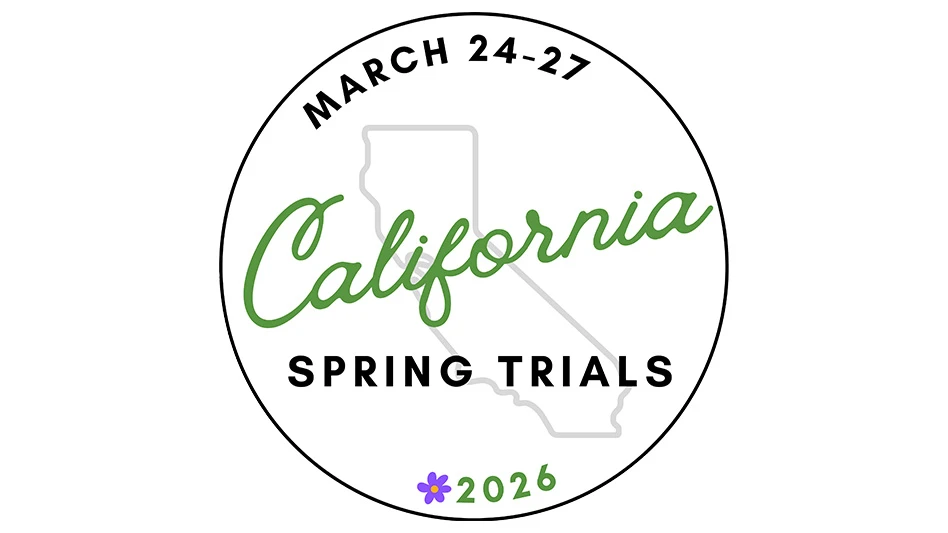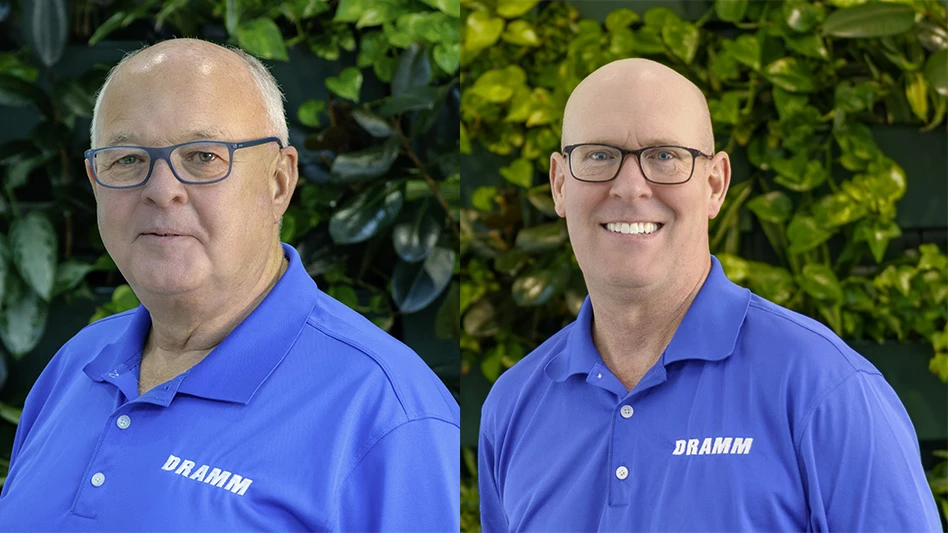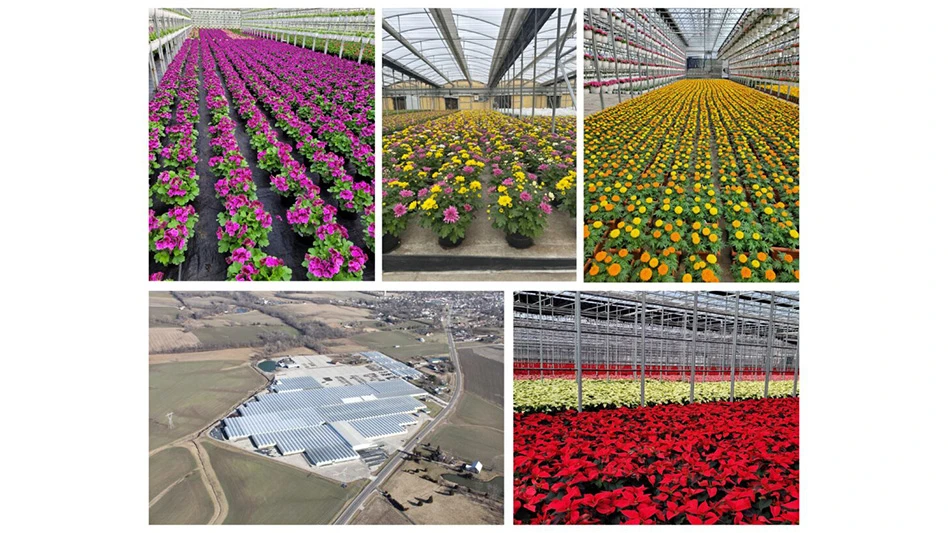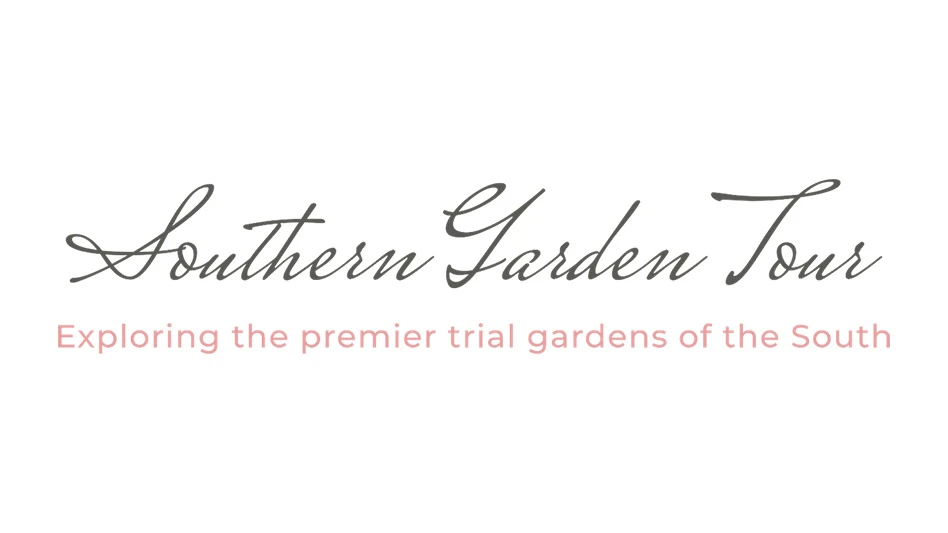Moth wingspan is 8 mm Petr Kapitola, State Phytosanitary Administration, Bugwood.org
The arborvitae leafminer, Argyresthia thuiella (Packard), is a native North American moth that forms mines in foliage of eastern arborvitae (northern white cedar) trees (Thuja occidentalis L.) in forests and landscapes. This moth is found in eastern Canada and in the United States, south to Maryland and west to Missouri. It is also invasive in Europe. Adults fly in spring to early summer and adults lay eggs in the axils of branchlets or along the edges of leaves. Newly emerged larvae bore into the leaves and feed the rest of the year there as leafminers. Winter is passed as larvae in mines, and pupation occurs in the mine. Adults emerge the following spring. Outbreaks in Maine have severely damaged arborvitae. Damage can also occur in nurseries or on landscape arborvitae.
The Guide Follow these tips to manage arborvitae leafminer at your nursery.
Beat the eggs. As with most pests that feed within their hosts, achieving desired levels of management can be difficult. One strategy is to control the adults prior to egg-laying. Adult arborvitae leafminers appear starting around mid-June into July or 533-700 growing degree days. Chemical cover sprays can be applied at this time. The use of yellow sticky cards for monitoring adult flight is not effective for this leafmining pest and visual observations are necessary.
Shake it up. During the known flight period, gently shake the foliage. If adults are present they can then be observed in this forced flight.
Similar species. The arborvitae leaf miner described here is generally the most common species. Several related moths, including A. aureoargentella and Pulicalvaria thujaella, are also leaf miners on arborvitae. Their life cycles and appearance are similar, but they differ somewhat in adult emergence and other aspects of their life cycles.
The facts about Arborvitae leafminer Larvae in mine Locations: The moth is found in eastern Canada and in the United States, south to Maryland and west to Missouri.
Adult leafminer Control: Some control may be obtained by pruning out infested tips in the fall. Hymenopterous parasites also help control the population. In Canada, natural control of arborvitae leafminers is provided by the widespread parasitoid Pentacnemus bucculatricis Howard and also by Apanteles bedelliae Viereck. Some 26 species of parasitoids are known to attack this leafminer. If a spray is used, it should be applied in early June or late May. For specific chemical controls, see your state extension service for current recommendations.
Arborvitae leafminer in pupa stage Life cycle: There is one generation per year. Adults appear from June to mid-July. Soon after emergence, the female deposits one to 25 eggs under the edges of the current year's leaves. Larvae first appear toward the end of June and immediately mine into the leaves to feed and develop for the rest of the season. In the fall, the larva pushes all of its excrement to one end of its tunnel and overwinters. The frass is ejected from the tunnel in the spring, and the tunnel is extended toward the interior of the crown. Larvae pupate in the mine, and adults emerge shortly thereafter.
Mined (brown) arborvitae foliage Damage: Mined leaves detract from the appearance of infested arborvitae. Heavily damaged leaves may drop from the plant prematurely, and in extreme cases the plant may be killed.
Sponsored Content
In nonferrous wire and cable processing, SWEED balances proven performance with ongoing innovation. From standard systems to tailored solutions, we focus on efficient recovery and practical design. By continually refining our equipment and introducing new technology, we quietly shape the industry—one advancement at a time.
Sponsored Content
In nonferrous wire and cable processing, SWEED balances proven performance with ongoing innovation. From standard systems to tailored solutions, we focus on efficient recovery and practical design. By continually refining our equipment and introducing new technology, we quietly shape the industry—one advancement at a time.
Sponsored Content
In nonferrous wire and cable processing, SWEED balances proven performance with ongoing innovation. From standard systems to tailored solutions, we focus on efficient recovery and practical design. By continually refining our equipment and introducing new technology, we quietly shape the industry—one advancement at a time.
Sponsored Content
In nonferrous wire and cable processing, SWEED balances proven performance with ongoing innovation. From standard systems to tailored solutions, we focus on efficient recovery and practical design. By continually refining our equipment and introducing new technology, we quietly shape the industry—one advancement at a time.
Sponsored Content
In nonferrous wire and cable processing, SWEED balances proven performance with ongoing innovation. From standard systems to tailored solutions, we focus on efficient recovery and practical design. By continually refining our equipment and introducing new technology, we quietly shape the industry—one advancement at a time.
Sponsored Content
In nonferrous wire and cable processing, SWEED balances proven performance with ongoing innovation. From standard systems to tailored solutions, we focus on efficient recovery and practical design. By continually refining our equipment and introducing new technology, we quietly shape the industry—one advancement at a time.
Tom Murray; Connecticut Agricultural Experiment Station Archive, Connecticut Agricultural Experiment Station, Bugwood.org ; Robert Childs, University of Massachusetts, Bugwood.org ; John A. Weidhass, Virginia Polytechnic Institute and State University, Bugwood.org







